Post Hole Digging
If you’ve ever spent time post hole digging, then you know it can be a cumbersome, backbreaking job, especially if multiple holes need to be made. Luckily an auger simplifies this job, and it’s a tool that you can put to a variety of other uses. Here are a few reasons why drilling post holes is easier with an auger. Then, you can choose the right Power Planter auger for your project.
Digging Fence Post Holes and Other Auger Applications
If you need to drill post holes, then an auger is the perfect way to simplify the job. There are some options you’ll want to consider when selecting an auger. For post hole digging, you’ll need a powered auger, and many models are designed to be used with larger power heads that require two people to control the auger. Power Planter’s post hole digging augers can be used with powered heads that have a 1-inch drill chuck, which means that you can operate the auger by yourself if you don’t have a friend to help you use a larger model.
Many projects require an auger. Use it when you’re digging a mailbox post hole, or if you need to run a fence, put up a flagpole or set posts to install a new deck. Contractors specializing in outdoor amenities — such as fencing, pole barns and decking — will find these tools particularly useful, since post hole digging is one of the first (and most labor-intensive) steps to these jobs. Investing in an auger will make life easier for employees.
When you’re not drilling post holes, these augers are excellent for landscaping. An auger such as the Extra Large Earth Auger from Power Planter is ideal for planting trees or shrubs in pot sizes of up to 3 gallons.
How Drilling a Post Hole Is Easier With an Auger
Traditional Method:
- Prepare Your Tools: Gather a variety of shovels, a clamshell digger, and a steel spud bar.
- Dig a Pilot Hole: Use a pointed shovel to dig a pilot hole at your desired location. This should be a shallow hole that marks where your post will go.
- Remove Topsoil: Use a flat-edged shovel to remove any topsoil around the pilot hole.
- Deepen the Hole: Insert the clamshell digger into the pilot hole and open its jaws to grab soil. Lift the soil out and set it aside. Repeat until the hole is deep enough for your post.
- Break Up Obstacles: If you encounter rocks or hard soil, use a steel spud bar to loosen them. Pry at the stones and soil until you can remove them with the clamshell digger.
Note: This method requires frequent bending, lifting, and prying, which can be strenuous on your back.
Using an Auger:
- Prepare Your Tools: You’ll need only an auger and a shovel to dig a pilot hole.
- Position the Auger: Place the auger where you want the hole to go. It can be beneficial to remove the sod so the auger immediately starts drilling and does not get tangled or clogged with the sod.
- Operate the Auger: Turn on the auger and allow it to drill into the ground. Make sure it drills to your desired depth.
- Remove the Auger: Once you’ve reached the desired depth, turn off the auger and lift it out of the hole.
Both methods for digging post holes have their merits, but they offer different advantages depending on your needs and physical condition.
The traditional method, while effective, requires multiple tools and a greater degree of physical labor. It involves frequent bending, lifting, and prying at rocks and soil, which can be strenuous, especially for those not in peak physical condition or those prone to backaches.
On the other hand, using an auger to dig post holes simplifies and speeds up the process considerably. With an auger, there’s significantly less physical strain, as it eliminates the need for bending and lifting. You also won’t have to manually deal with obstacles like rocks or hard soil. This makes it a highly efficient option, particularly for contractors who need to dig multiple holes in a short period of time, as it not only saves physical effort but also time and even labor costs for professionals.
What Size Auger Do You Need to Install Different Fence Posts?
Wooden Fences:
4×4 Posts: A 7-inch or 8-inch auger would be suitable. For wider holes, the auger can be maneuvered accordingly.
6×6 Posts: A 9-inch auger can be used and moved around while drilling to create a wider hole, ideally 10-12 inches in diameter.
Metal Fences:
T-Posts: A 2-inch auger would suffice for these posts, allowing the post to easily fit, while the “T” grabbing the sidewalls to have a stong hold
2 3/8-inch Posts: A 7-inch or 8-inch auger would be appropriate.
Vinyl Fences:
4×4 Posts: A 7-inch or 8-inch auger would be suitable.
6×6 Posts: A 9-inch auger can be used and maneuvered to create the wider hole usually required for these posts.
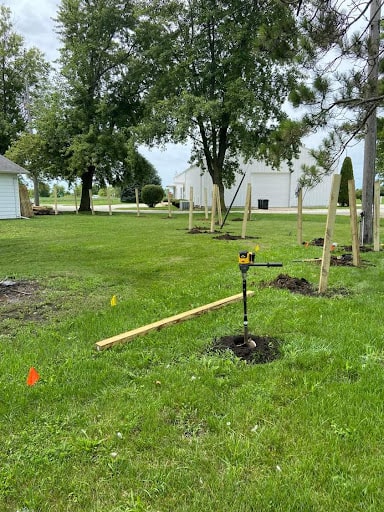
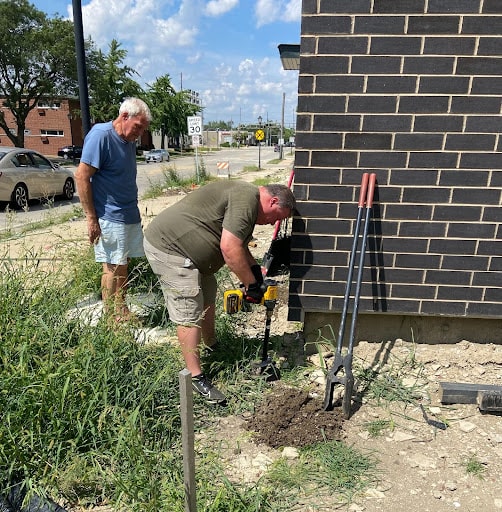
Shop Heavy-Duty Augers for Post Hole Digging
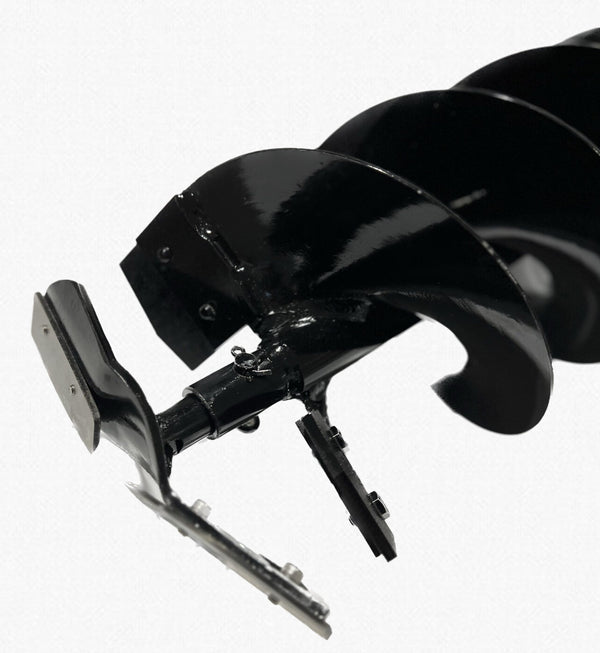
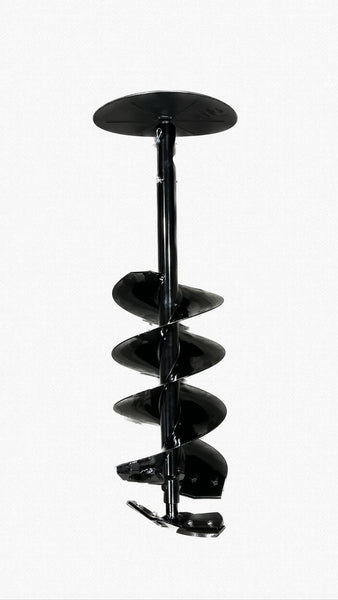
Ice Auger
Drill Attachment & Blades
$77.75 - $299.00

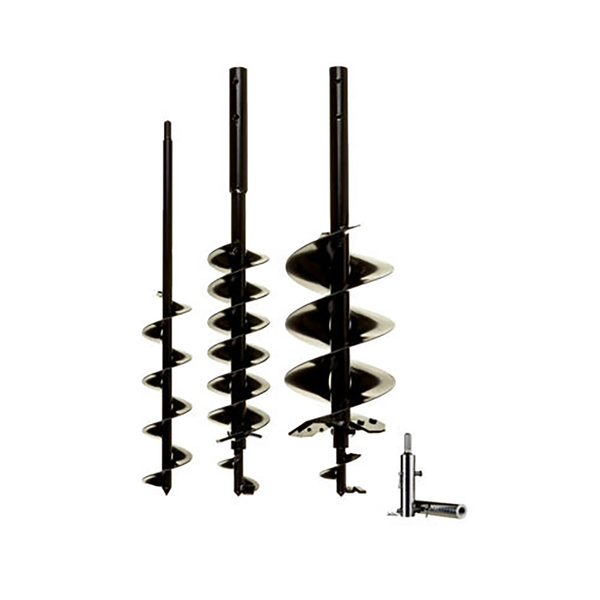
Ultimate Professional Landscape Auger
Bundle (Heavy Duty Tips)
$515.50 - $1,602.50

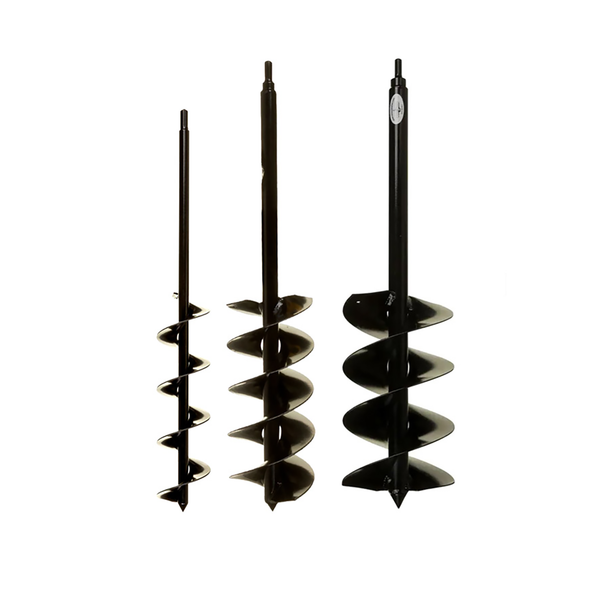
Ultimate Professional Landscaping
Bundle
$292.00 - $1,379.00

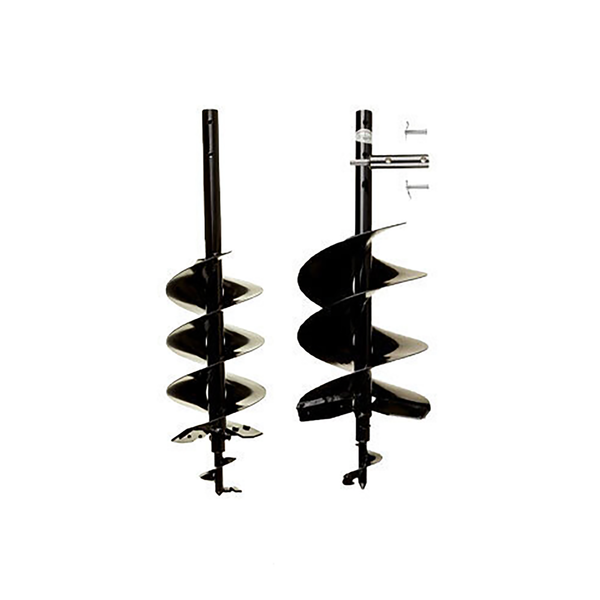
Ultra HD Professional Landscape Auger
Bundle
$554.50 - $1,641.50
[button text="Shop All Products" url="/collections/drills-augers"]

